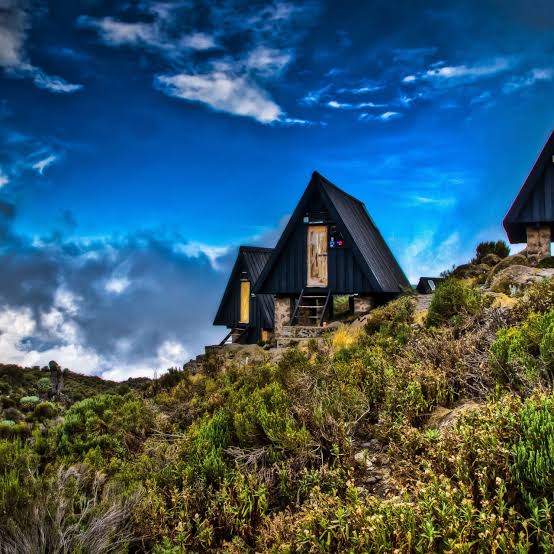
The Marangu Route, also known as the “Coca-Cola Route,” is one of the most popular paths to the summit of Mount Kilimanjaro. It is the only route that offers hut accommodation, making it a preferred choice for climbers who want a more comfortable experience. This 6-day trek provides a gradual ascent, allowing for better acclimatization while enjoying breathtaking scenery.
6 Days
20
English
Upon arrival at Kilimanjaro International Airport, you will be transferred to your hotel in Moshi for a briefing with your guide. You will check your gear and rest before starting your trek the next day.
After breakfast, transfer to the Marangu Gate for registration. The trek begins with a scenic walk through the lush rainforest, where you may spot colobus monkeys. Arrive at Mandara Hut in the afternoon, where you will rest and have dinner.
After breakfast, continue the trek through moorland terrain. Enjoy stunning views of Kibo and Mawenzi peaks as you reach Horombo Hut, where you will spend the night.
Trek across the Alpine desert zone to Kibo Hut, the final base before the summit push. Rest early in preparation for the midnight summit attempt.
Start the final ascent to Uhuru Peak around midnight, passing Gilman’s Point before reaching the summit at sunrise. After celebrating your achievement, descend to Kibo Hut for a short rest before continuing down to Horombo Hut.
Descend to Marangu Gate, where you will receive your summit certificate. Transfer back to Moshi for a well-deserved rest before departing.
The duration of the climb depends on the chosen route. Most climbers take between 5 to 9 days. Longer routes, such as Lemosho and Northern Circuit, offer better acclimatization and higher success rates, while shorter routes, like Marangu, can be more challenging due to rapid altitude gain.
No, Mount Kilimanjaro is a non-technical trek, meaning no ropes or climbing equipment are required. However, it is a physically demanding hike with high altitudes, so good physical fitness and mental endurance are essential for success.
The best months to climb Kilimanjaro are during the dry seasons: January to March and June to October. These periods offer stable weather, clear skies, and a better overall trekking experience. Climbing during the rainy seasons (April-May and November) is more challenging due to slippery trails and poor visibility.
The biggest challenge is altitude sickness due to the rapid ascent. Symptoms may include headaches, nausea, dizziness, and fatigue. Proper acclimatization, hydration, and a slow-paced climb ("pole pole" approach) help minimize risks. In severe cases, climbers must descend immediately for safety.
From $0.00
Looking for more info? Send a question to the tour agent to find out more.
Travel is my life. Since 1999, I have been traveling around the world nonstop. If you also love travel, you are in the right place!